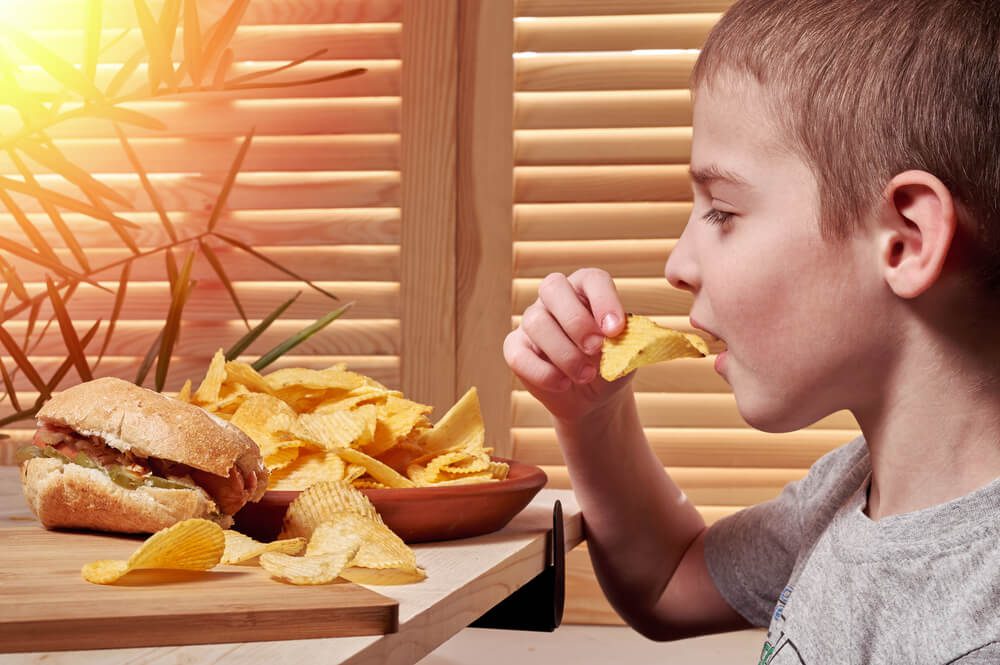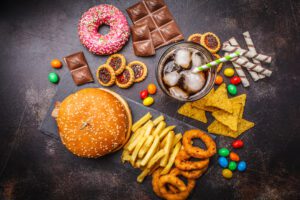Posted on October 5, 2023

Having braces can be a challenging journey, especially when it comes to food choices. Are you struggling to find the right foods that won’t damage your braces and still provide the necessary nutrition?
Wearing braces is a common orthodontic treatment that helps align teeth and create a beautiful smile. However, it also means making some adjustments to your eating habits to avoid damaging the braces or causing discomfort. It’s crucial to know which foods are safe to eat and which ones you should avoid during this time.
Maintaining a healthy diet is essential for everyone, but it becomes even more crucial when you have braces. Certain foods can pose a risk to your braces, while others can provide the nutrition your body needs to support the orthodontic treatment.
In this post, we will explore the best foods to eat and the ones to avoid when you have braces, ensuring you make the right food choices and take care of your orthodontic journey.
When it comes to orthodontic treatment, diet choices can have a significant impact on the overall journey. Certain foods can potentially damage the brackets or wires of braces, leading to longer treatment times or even broken appliances.
Hard and sticky foods, such as caramel, popcorn, or chewing gum, should be avoided as they can get stuck in the braces or cause them to break.
On the other hand, a healthy and balanced diet consisting of soft, nutrient-rich foods can support the orthodontic process by promoting proper tooth and jaw development.
Choosing foods that are easy to chew and won’t cause harm to the braces will ultimately contribute to a smoother and more successful orthodontic journey.
Having braces can sometimes feel like a restriction, especially when it comes to food choices. However, taking care of your teeth while wearing braces is essential for a successful orthodontic treatment. Knowing which foods to eat and avoid can make a significant difference in keeping your braces intact and your dental health in check.
Here are some of the best foods to eat and foods to avoid when you have braces.
 Sticky and Chewy Foods
Sticky and Chewy Foods
Remember, it’s crucial to maintain good oral hygiene when you have braces. In addition to watching your diet, make sure to brush and floss regularly, using specialized tools that are designed for braces. Attend regular check-ups with your orthodontist to ensure that your treatment is progressing smoothly.
By being mindful of the foods you eat and avoiding items that can harm your braces, you can protect your oral health and enhance your orthodontic journey.
It may take some adjustment at first, but the end result will be well worth the effort. Soon enough, you’ll be able to enjoy all of your favorite foods with a straighter and healthier smile.
If you’ve recently started wearing braces, you may find that it takes some time to adjust to the new addition in your mouth. One of the biggest adjustments is to your eating habits. With braces, certain foods can become difficult to eat and can even damage your braces. But don’t worry, we’ve got you covered!
Here are some tips for eating with braces:
While your teeth and gums are still getting used to the braces, it’s best to stick to soft foods that won’t cause any pain or damage. Foods like mashed potatoes, yogurt, soup, scrambled eggs, and smoothies are all great options that won’t put too much pressure on your braces.
If you want to eat something harder, like fruits or vegetables, make sure to cut them into small, bite-sized pieces. This will make it easier to chew and reduce the risk of getting food stuck in your braces.
Foods like toffee, caramels, gum, and gummy bears can easily get stuck in your braces and be difficult to remove. These sticky and chewy snacks can also damage your braces, so it’s best to avoid them altogether.
Hard and crunchy foods such as popcorn, nuts, chips, and hard pretzels can potentially break your braces or get stuck in them. Opt for softer alternatives like cheese puffs, soft pretzels, or smooth crackers.
 When eating meat, it’s important to be mindful of the texture and tenderness. Tough meats can be difficult to chew and can even damage your braces. Stick to tender meats, such as chicken, fish, or meatloaf.
When eating meat, it’s important to be mindful of the texture and tenderness. Tough meats can be difficult to chew and can even damage your braces. Stick to tender meats, such as chicken, fish, or meatloaf.
When chewing with braces, it’s important to take your time and chew carefully. Avoid biting into hard foods directly with your front teeth, as this can put excessive pressure on the brackets and wires. Instead, use your back teeth for chewing.
Food particles can easily get stuck in your braces, leading to plaque buildup and potential tooth decay. Make sure to rinse your mouth with water after every meal and brush your teeth thoroughly to keep your braces clean.
Remember, eating with braces requires some adjustments to your diet, but it’s only temporary. Stick to these tips, take care of your braces, and soon enough, you’ll be able to enjoy all your favorite foods again with a straight and beautiful smile.
Navigating your meals with braces can be a challenge, but with the right choices, you can ensure their longevity and your comfort. At Smilebliss, we emphasize the importance of a braces-friendly diet.
By avoiding sticky, hard, and overly crunchy foods, you can prevent bracket breakage and minimize discomfort. On the flip side, embracing soft, non-acidic foods can aid in quicker adjustment and healing after adjustments.
Remember, the foods you choose not only impact your overall health but also the success of your orthodontic journey. Trust in Smilebliss to guide you to a smile worth every bite. Book now!